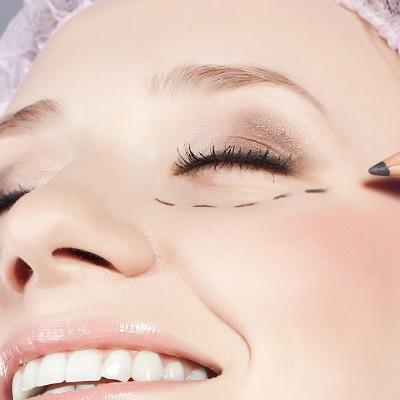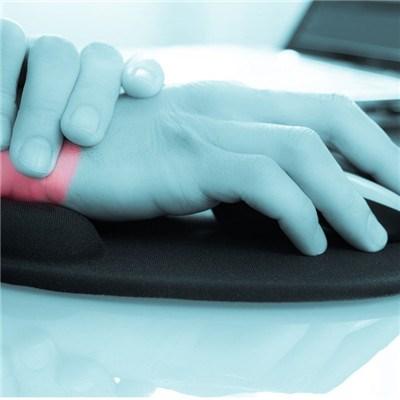Congenital dacryocystitis symptoms?
summary
Congenital dacryocystitis is mostly caused by the closure of the nasolacrimal duct at the lower end of the nasal cavity by congenital membranous tissue or the blockage of the duct (especially near the lower part of the nasal cavity) by epithelial debris. And a few may be caused by bone stenosis or nasal deformity. Congenital dacryocystitis is usually unilateral, but also bilateral. Topical antibiotic eye drops or compression massage can be applied, 2-3 times a day. In order to shorten the course of treatment, lacrimal duct irrigation and lacrimal duct probing were performed. Congenital dacryocystitis symptoms? Let's talk about it
Congenital dacryocystitis symptoms?
Most children with neonatal dacryocystitis are blocked by a layer of congenital residual membrane or epithelial debris, which causes lacrimal passage obstruction, so that the tears can not flow into the nasal cavity and cause epiphora. There is a small part due to the nasolacrimal duct bony lumen stenosis or nasal deformity. Because of the lacrimal fluid and lacrimal sac secretions can not be discharged, bacteria can be stored and propagated in the lacrimal passage, forming dacryocystitis. Its incidence rate is about 5%~6% of the newborn, and it is one of the common eye diseases of the newborn.
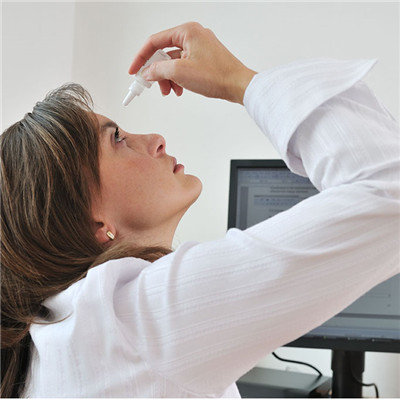
In general, the skin in the lacrimal sac area at the root of the nose will be red, swollen, hot and painful, even swelling on the same side of the face, sometimes accompanied by swelling and tenderness of the pre ear and submandibular lymph nodes, tears in the eyes, and purulent secretions overflow at the lacrimal dots, which can break through from the skin when the abscess is limited. Most patients usually have a history of chronic dacryocystitis.
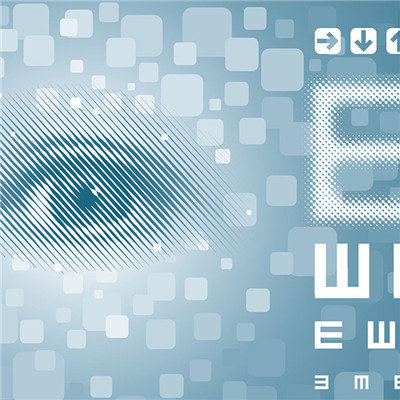
Most of them are lacrimal. When you squeeze the lacrimal sac, you can see a lot of purulent or serous secretions from the lacrimal dots, and the lacrimal passage is not smooth. When chronic dacryocystitis forms cysts, it shows round or quasi round cystic water density shadow, and the density of abscess is slightly higher than that of water. There were different degrees of annular enhancement in enhanced scan.
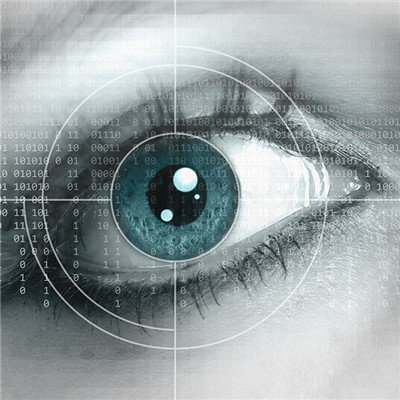
matters needing attention
All kinds of antibiotic eye drops were applied locally, 3-4 times a day. Before the application, the secretion in the lacrimal sac was squeezed and emptied, and then the drug solution could be inhaled into the lacrimal sac; * sulfonamide or antibiotics can be used to remove pus, but can not relieve obstruction and retention.





